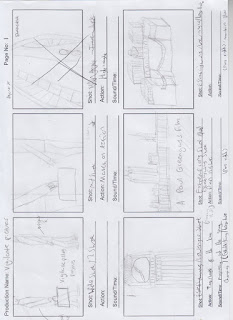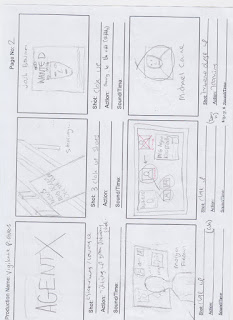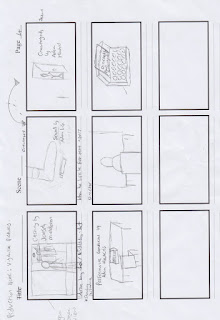Overall I feel there were several aspects about our final
product that were successful. I feel the cinematography was successful as we
managed to achieve our aim of making the sequence look conventional but also
incorporating different camera shots and angles to make it more visually
entertaining. All of the shots were also quite clear and there were no blurry
ones. I also feel the editing was successful as it upheld a sense of continuity
throughout whilst also using different transitions and techniques to keep the
audience enthralled. I also feel that the time-lapse idea was very original as
not many others thought of it.
However, I feel like the least successful aspect to our final
sequence was a slight lack in research into other title sequences in our genre.
We were actually limited to an extent on the amount of sequences we could research
and analyse as there aren't many big budget and conventional spy films outside
of the James Bond and Bourne franchises. We instead decided to mix the two
together in order to come up with our own concept, however we lacked the
certain knowledge of what spy film title sequences really looked like. Perhaps
some research into older James Bond films and perhaps some more action films
would have aided us in the creation of our sequence and most certainly the
codes and conventions we should incorporate in our own. We also for a while
struggled with the typography and soundtrack, as we were indecisive over what
would suit our sequence.
In order to improve on these areas we relentlessly researched
typography and soundtracks whilst also experimenting with them in our own
sequence to see whether they suited or not. Eventually we found a font and
soundtrack we liked and our teachers agreed that they suited the genre as a
whole better and made the sequence more conventional.





































